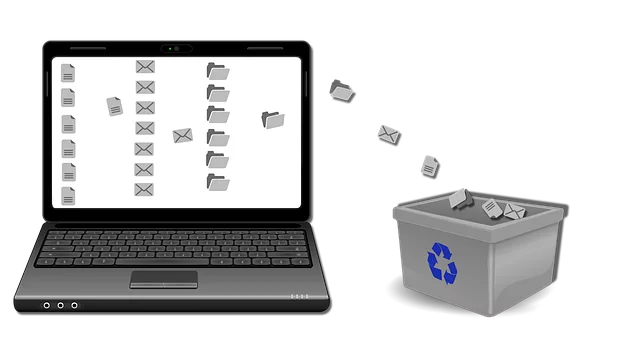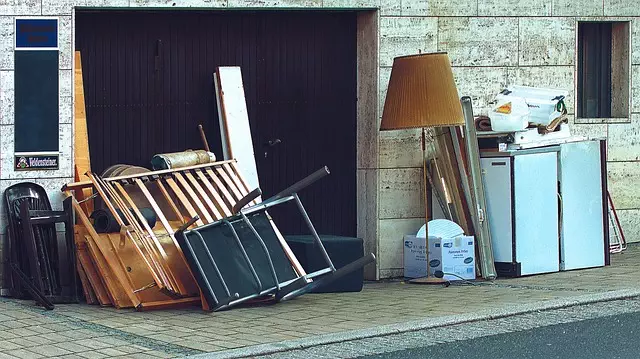Busy professionals often struggle with clutter due to time constraints, leading to disorganized spaces that hinder productivity. Overcoming this requires identifying sources of clutter (physical & digital), such as incoming mail, papers, or digital files stored haphazardly. By critically assessing each item's utility and emotional value, they can implement tailored systems involving structured routines, digital organization tools, and minimalism principles to simplify living spaces, enhancing well-being and productivity. "Home Organization and Decluttering" are key strategies for creating a structured environment that promotes concentration and reduces stress.
In today’s fast-paced world, busy professionals often find themselves overwhelmed by clutter in their homes and offices. This hinders productivity and creates a distracting environment. Our guide delves into the root causes of disorganization, offering practical strategies for home organization and decluttering. From identifying time-consuming clutter to adopting minimalism, we provide a step-by-step approach to streamlining spaces. Additionally, we explore sustainable organization systems tailored to professionals’ unique lifestyles, leveraging digital tools and building habits for long-term productivity.
- Understanding the Clutter: Uncovering the Roots of Disorganization
- – Identifying time-consuming clutter in homes and offices
- – The psychological impact of an unorganized workspace on professionals' productivity
Understanding the Clutter: Uncovering the Roots of Disorganization

Many busy professionals find themselves overwhelmed by a constant influx of items, papers, and digital clutter. This disorganization often stems from a lack of dedicated time for sorting and storing items properly. In today’s fast-paced world, where “busy” is an all-encompassing lifestyle, home organization and decluttering tend to take a backseat. As a result, spaces can become cluttered, making it difficult to locate important documents or even find clear surfaces for daily tasks.
Identifying the sources of clutter is the first step towards reclaiming control. For some, it might be incoming mail and papers that accumulate without proper filing. Others may struggle with digital clutter, where countless emails, documents, and files are stored haphazardly, making retrieval a challenge. By recognizing these patterns, professionals can begin to implement systems tailored to their needs. This involves creating structured routines, implementing digital organization tools, and adopting minimalism principles to simplify living spaces.
– Identifying time-consuming clutter in homes and offices

Many busy professionals find themselves overwhelmed by clutter in both their homes and offices, a situation that can significantly impact productivity and overall well-being. Identifying time-consuming clutter is the first step toward achieving home organization and decluttering. This process involves sifting through possessions to distinguish between essentials, occasional uses, and items that no longer serve a purpose. In homes, it might be a buildup of clothes, books, or miscellaneous items in various rooms. Offices, on the other hand, often suffer from an accumulation of paperwork, outdated technology, and unused office supplies.
Professionals should examine their spaces critically, questioning the utility and emotional attachment to each item. Digital clutter, such as unorganized files and excessive emails, is also a consideration. Once identified, these clutters can be systematically addressed through processes like sorting, discarding, donating, or repurposing items, leading to a more streamlined and efficient living or working environment.
– The psychological impact of an unorganized workspace on professionals' productivity

An unorganized workspace can significantly impact a professional’s mental state, leading to decreased productivity and increased stress levels. When a person’s surroundings are cluttered and disarrayed, it reflects in their mindset, making it harder to focus and prioritize tasks. The constant visual clutter creates mental fatigue, as the brain struggles to process and organize information efficiently. This can result in procrastination, difficulty in decision-making, and even anxiety or depression over time.
Home organization and decluttering are powerful tools to combat this issue. By creating a structured environment, professionals can enhance their productivity and overall well-being. A tidy workspace promotes a clear mind, allowing individuals to concentrate better and manage their time more effectively. It also reduces the mental effort required to locate important documents or tools, saving precious time and energy.
By understanding the root causes of disorganization and its impact on productivity, busy professionals can take proactive steps towards creating a more efficient and calming environment. Implementing simple home organization and decluttering techniques can significantly enhance work performance and overall well-being. Embracing order in both personal spaces and professional settings is a powerful tool for success in today’s fast-paced world.
